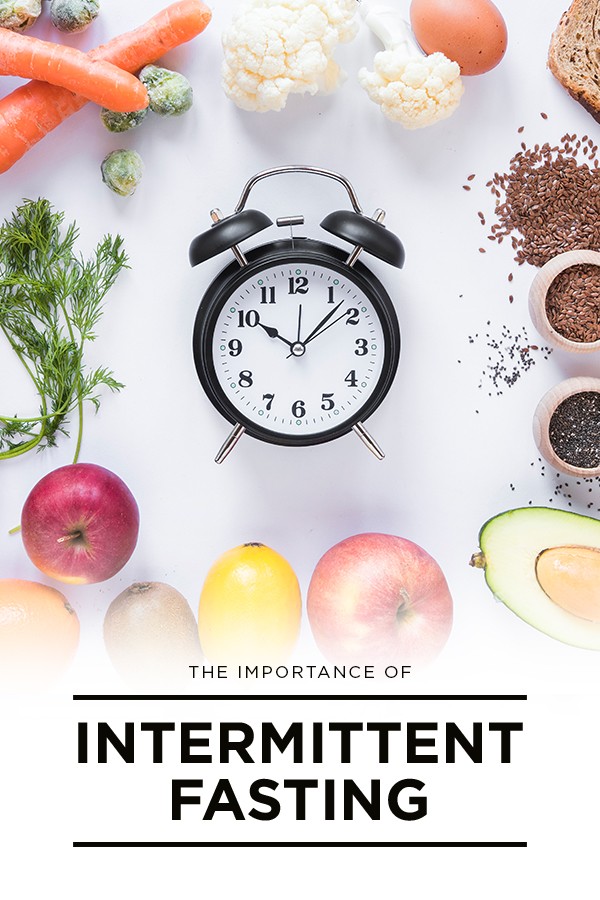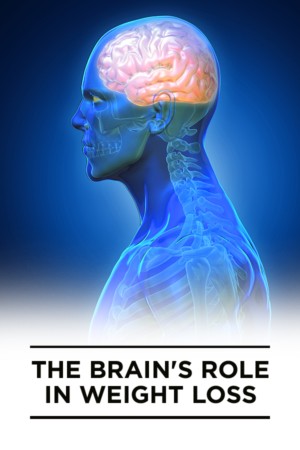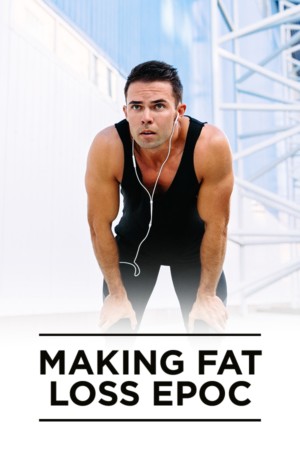One of the things I’ve enjoyed about GoingKeto is the opportunity to experience Intermittent Fasting (IF), sometimes referred to as Time-Restricted Feeding (TRF). The basics of IF are pretty simple: you restrict the times you’re allowed to eat to a specific window each day. The most common approach is the 16:8 schedule, where you’re allowed to eat for 8 hours and can’t consume food for 16 hours.
IF is based on science
The basis for this is firmly grounded in biology. Your body has two states of digestion: the Absorptive State and the Post-Absorptive State.1 In the first, also known as the “Fed State,” your body is digesting and absorbing the food you’ve consumed. It typically begins with your first mouthful of food and continues for approximately four hours afterward.
At this point, your body transitions into the “Fasting State,” where all of the energy your body needs has to come from your stored reserves. If you’re on keto, that’s body fat. The longer you stay in this state, the more fat your body can burn because it has to draw more and more energy from your own reserves. The concept of IF has quite a few benefits on its own, but when you pair it with the keto diet, it becomes an absolute powerhouse.
Intermittent Fasting & Keto
I grew up in a very religious family and was taught the importance of fasting for spiritual reasons. I’ve tried it multiple times in my life, and every single time I would get so hangry within just a few hours that I spent the rest of the day ticked off, upset, and focused exclusively on what I would eat when this gosh darn thing ended! It was torture—the main reason wasn’t the fasting, but that I was existing purely off of glycolysis (i.e., a carb-based diet) and my blood sugar would drop drastically if I wasn’t eating regularly.
Keto precludes this by putting you in a fat-adapted state. Once your body is efficiently utilizing fat, it can seamlessly transition from consumed fat (i.e., what you ate) to stored fat (i.e., that spare tire you’re trying to get rid of). I can go 24 hours without eating anything at all now and barely notice it: no mood swings, no emotional changes, no obsession with Krispy Kremes (beyond what’s normal for me, that is).
Benefits of IF
One of the benefits of intermittent fasting is the accelerated fat burn you experience. While you can definitely be on keto and lose weight without utilizing IF, this tool will accentuate your weight loss rapidly.
When you eat food, your body begins to produce insulin to process it. The body generally doesn’t need insulin to process ketones from stored fat, however, so the longer you remain in a fasting state, the less insulin your body needs.2 This can be a huge benefit for Type 2 diabetics who are struggling with insulin resistance (remember, though, if you’re a diabetic check with your doctor before embarking on any significant diet change).
One of the common myths about keto is that it causes you to sacrifice muscle mass. This isn’t true at all. In fact, when you pair keto with IF, fasting enhances the body’s production of human growth hormone (HGH), a crucial factor in packing on muscle.3,4
While keto works primarily by changing your macros so the body can more easily burn fat, pairing the keto diet with a caloric deficit will also speed up weight loss by forcing the body to get more energy from stored fat. Fasting can help facilitate this by giving you fewer chances to eat throughout the day. Your day might also become more efficient as you spend less time prepping and eating meals.
The nuts and bolts
First, remember that there are no hard and fast rules to intermittent fasting. Don’t let it rule you. Everything you read about feeding windows, when it should happen during the day, how you should start and how you should finish it are just guidelines. The only thing you’re trying to do is prolong your Post-Absorptive State so your body burns more stored fat—that’s it.
With that in mind, choose the IF window that works best for your schedule. Fasting was a struggle for me over the first three weeks of keto before I became completely fat-adapted. After that point, however, it became a breeze. I typically go with a 16:8 schedule, although it can increase to 12:12 or decrease to 24:0 depending on what’s going on.
Don’t starve yourself here—the point is not to give yourself a complex or create an eating disorder. Remember that even if you take in your full amount of daily calories, limiting the window in which you eat them will still allow your body to burn more fat than if you were eating every four hours.
Hydrate, hydrate, hydrate. Just because you’re not eating doesn’t mean you shouldn’t drink. In fact, many of the cravings and urges you experience as hunger are actually your body telling you that you should drink more water. You can also consume water with electrolytes, coffee, and tea during this period; just make sure that your drinks equal fewer than 50 calories so you won’t reset your body into an Absorptive State.
Finally, feel the freedom to play with your schedule. My absolute favorite meal of the day is breakfast, so I initially went with an 8 am to 4 pm feeding window. Unfortunately, I found that by 8 pm I was starving and would consistently give in to cravings. I slowly (over a period of 2-3 weeks) moved my feeding period back and am now on an ~12 pm to 8 pm schedule, and I just eat my typical breakfast food at noon. This arrangement, for whatever reasons, works far better with my body and lifestyle.
In the end
Intermittent fasting offers benefits as a standalone technique, but when you combine it with keto, then your body can start melting through fat at an accelerated rate. The more fat-adapted you are, the easier it will be to enter a fasting state because your body is conditioned to take energy from your fat stores.
Don’t get super strict about it and drive yourself up a wall: you don’t even have to do it every day. You can choose to do it on the weekdays and not the weekends, or vice-versa. You have the freedom to skip IF for a day if your schedule won’t allow it (just stay within your macros!). This is totally within your control.
NUTRITIONAL DISCLAIMER
The content on this website should not be taken as medical advice and you should ALWAYS consult with your doctor before starting any diet or exercise program. We provide nutritional data for our recipes as a courtesy to our readers. We use Total Keto Diet app software to calculate the nutrition and we remove fiber and sugar alcohols, like erythritol, from the total carbohydrate count to get to the net carb count, as they do not affect your blood glucose levels. You should independently calculate nutritional information on your own and not rely on our data. The website or content herein is not intended to cure, prevent, diagnose or treat any disease. This website shall not be liable for adverse reactions or any other outcome resulting from the use of recipes or recommendations on the Website or actions you take as a result. Any action you take is strictly at your own risk.
- The Brain’s Role in Weight Loss - March 11, 2019
- Making Fat Loss EPOC - March 8, 2019
- Overcoming Plateaus - March 6, 2019




